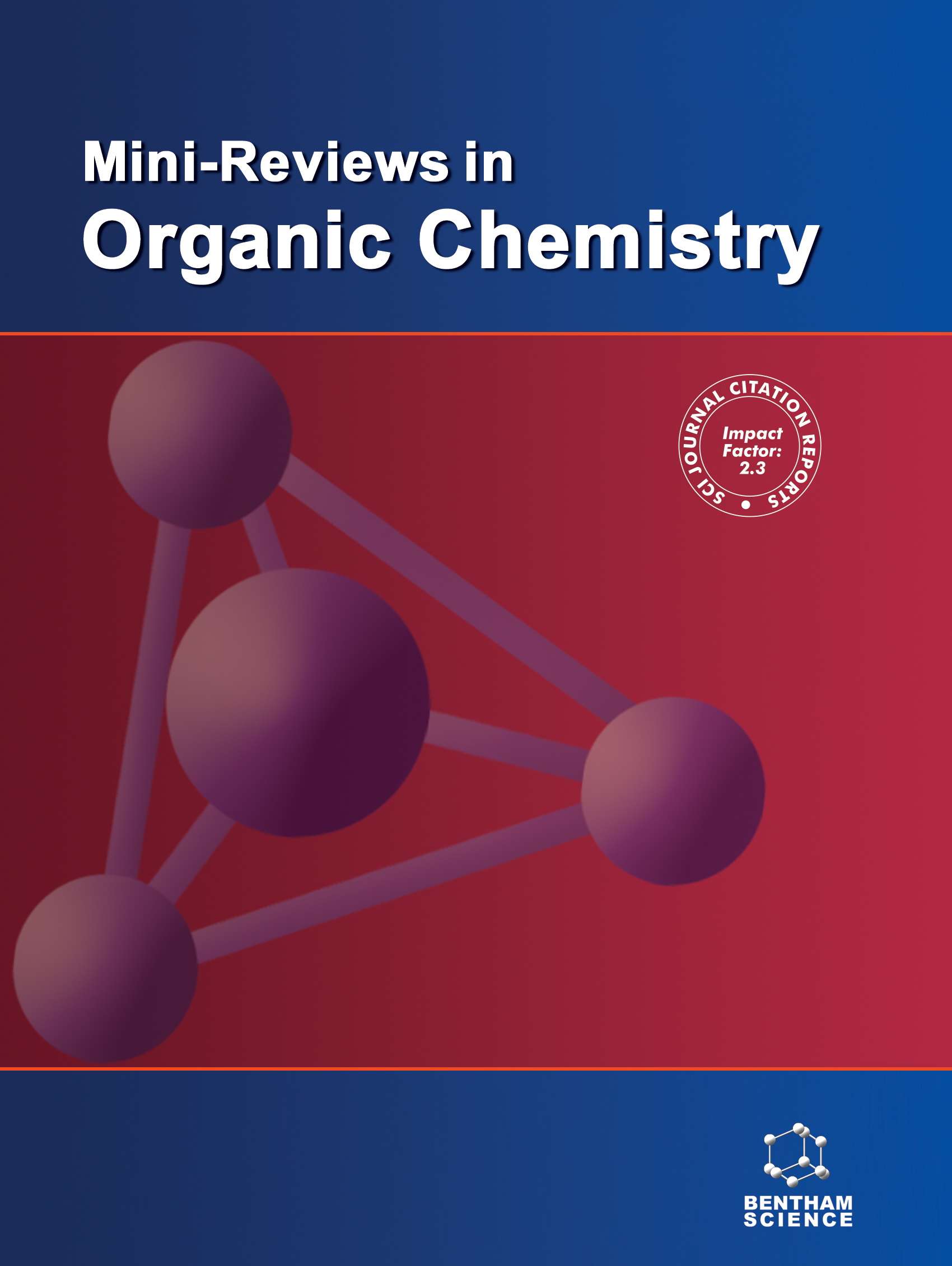
Full text loading...
Polymer modification encompasses a diverse array of techniques aimed at enhancing the physical and chemical properties of polymers, thereby expanding their applicability across various fields. Physical modification methods include self-assembled monolayers, radiation-induced surface modifications, UV irradiation, γ-irradiation, and laser-induced surface modifications. These techniques primarily focus on altering surface properties and enhancing characteristics such as strength, toughness, and thermal stability through non-chemical means. Chemical modification methods, on the other hand, involve reactions that change the polymer’s chemical structure. Common chemical reactions used in polymer modification include PEGylation, conjugation, wet chemical oxidation treatments, and plasma treatments. These processes introduce new functional groups, improve compatibility with other materials, and tailor properties like solubility, adhesion, and biodegradability. Despite the significant advancements in polymer modification techniques, challenges such as maintaining polymer integrity, controlling modification precision, and ensuring scalability persist. This review provides a comprehensive overview of both physical and chemical polymer modification methods, discussing their mechanisms, applications, and the challenges involved, thereby highlighting their critical role in the development of advanced materials for industrial, biomedical, and environmental applications.

Article metrics loading...

Full text loading...
References


Data & Media loading...

